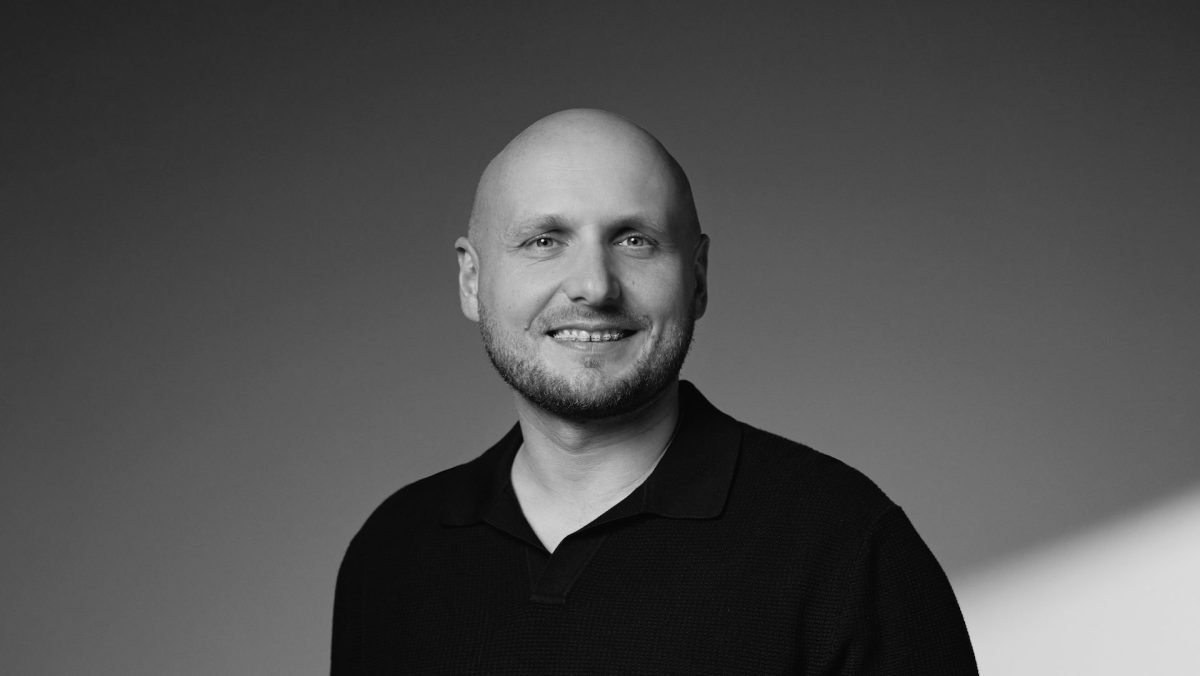<div>
<h2>Nexos.ai: Bridging the Gap Between AI Potential and Corporate Security</h2>
<p id="speakable-summary" class="wp-block-paragraph">For many enterprise companies, AI remains either an unfulfilled promise or a security threat. Lithuania's entrepreneurial duo is tackling this challenge, attracting interest and substantial funding.</p>
<h3>Significant Funding Boost for AI Startup</h3>
<p class="wp-block-paragraph">Just months after emerging from stealth mode with an <a target="_blank" rel="nofollow" href="http://nexos.ai">$8 million funding round led by Index Ventures</a>, Nexos.ai’s founders, Tomas Okmanas and Eimantas Sabaliauskas, have successfully secured a €30 million Series A (approximately $35 million). This platform aims to help businesses implement AI tools safely, acting as an intermediary between employees and AI systems.</p>
<h3>Tackling Data Security Challenges</h3>
<p class="wp-block-paragraph">Okmanas warns of “the biggest corporate data leak” impending as employees upload sensitive information to large language models (LLMs). Rather than suppressing AI, he envisions Nexos.ai as a “Switzerland for LLMs,” ensuring data remains under control while enhancing productivity.</p>
<h3>Why Investors are Taking Notice</h3>
<p class="wp-block-paragraph">With a valuation of €300 million (approximately $350 million), this funding round attracted notable investors, including Evantic Capital, which was persistent in facilitating this investment despite Nexos.ai not actively seeking funds. Their founders, well-versed in bootstrapping their ventures, now recognize the value VCs bring.</p>
<h3>Leveraging Expertise for Product Development</h3>
<p class="wp-block-paragraph">Nexos.ai benefits from the guidance of former Sequoia Capital partner Matt Miller and his <a target="_blank" rel="nofollow" href="https://www.linkedin.com/pulse/copy-welcome-evantic-matt-miller-irpye/">‘Legends’ network</a>, comprising 140 industry veterans advising on strategy. Okmanas, a member of this network, aims to utilize this knowledge to refine their offerings.</p>
<h3>An Innovative Approach to AI Integration</h3>
<p class="wp-block-paragraph">Currently, Nexos’ AI product includes an AI Workspace for employees and an AI Gateway for developers, functioning as a control hub for security and compliance while minimizing fragmentation. The gateway grants access to around 200 AI models, with plans to enhance support for private models handling sensitive data.</p>
<h3>Focus on Tech-Savvy Enterprises and Regulated Industries</h3>
<p class="wp-block-paragraph">Okmanas reports the team conducts 50 to 60 demo calls weekly but notes that many traditional businesses have a lot of work ahead to persuade their boards to adopt AI. Nexos.ai is initially targeting tech-savvy firms and those in regulated sectors, concerned about governance surrounding sensitive data transmission.</p>
<h3>Addressing the AI Governance Gap</h3>
<p class="wp-block-paragraph">The founders identified a significant void in AI governance while overseeing a diverse portfolio at their company, Tesonet. Among the clientele benefiting from Nexos.ai are shared portfolio companies and the Bulgarian fintech unicorn Payhawk. The recent funding will fuel expansion efforts in Europe and North America.</p>
<h3>Realizing the Value of AI Adoption</h3>
<p class="wp-block-paragraph">Okmanas' mission is to eliminate obstacles hindering broader AI adoption. Within Tesonet's portfolio, they’ve observed success stories, including Hostinger, where an AI assistant minimized human support needs, thereby saving €10 million this year alone.</p>
<h3>Future Growth Plans for Nexos.ai</h3>
<p class="wp-block-paragraph">While Okmanas refrained from disclosing Nexos.ai's revenue figures, he anticipates the team will expand to 100 personnel by the time they celebrate their first anniversary, primarily in Europe. This growth may also lead to new opportunities within public institutions facing data sovereignty issues.</p>
<p class="wp-block-paragraph"><em>The headline of this story has been corrected for accuracy.</em></p>
</div>This version provides a structured and engaging rewrite, formatted with SEO-friendly headings and subheadings, all while retaining the key information from the original article.
Here are five FAQs based on the news about Nexos.ai raising €30 million to enhance enterprise AI adoption:
FAQ 1: What is Nexos.ai?
Answer: Nexos.ai is a European AI company focused on improving enterprise adoption of artificial intelligence technologies. It aims to streamline AI integration in businesses, enhancing operational efficiency and decision-making processes.
FAQ 2: How much funding did Nexos.ai raise, and what is its purpose?
Answer: Nexos.ai raised €30 million in funding. The capital will be used to develop their AI solutions further, expand their market presence, and assist enterprises in implementing AI technologies more effectively.
FAQ 3: Why is enterprise AI adoption important?
Answer: Enterprise AI adoption is crucial because it enables organizations to leverage AI for improved data analysis, automation of processes, and enhancing customer experiences. This ultimately leads to increased productivity, innovation, and competitive advantage.
FAQ 4: How will Nexos.ai support businesses in adopting AI?
Answer: Nexos.ai plans to provide tailored AI solutions, training, and support services to help businesses integrate AI into their operations smoothly. This includes tools for data management, algorithm development, and user-friendly interfaces for non-technical staff.
FAQ 5: What industries can benefit from Nexos.ai’s solutions?
Answer: Nexos.ai’s solutions are applicable across a wide range of industries, including finance, healthcare, manufacturing, and retail. Any sector looking to improve efficiency through data-driven decision-making and automation can benefit from their offerings.









